Australia So Much to See
Kanyaka station ruins - continued
Hugh and a native stockman were on the western portion of the run with cattle, during the night of violent thunder storm came, causing
the cattle to stampede, the two men saddled their horses and rode out to the mob, the deluge caused a flash flood in the Willochra
creek, it was while attempting to cross the creek, possibly in darkness that Hugh was swept from his horse and drowned.
His grave
is not far from where he drowned, six years after his death his family had a tablet of Scottish granite shipped out, from his home
land, it was hauled to its site by a bullock team, from Port Augusta, experts have estimated the weight to be one and a half tons,
at the turn of the century his sister Lady Hamilton cam to Australia to visit his grave.
Hugh only had a few huts built on the
Kanyaka run. After Hugh’s death, under subsequent owners and particularly under resident manager John Randall Phillips, Kanyaka
station grew in size until it was one of the largest in the district.
Kanyaka Station was first taken up and stocked by Hugh Proby, the third son of the Earl of Carysfort, from Ireland. He arrived in
South Australia in May 1851.
Having both money ($10,000) and connections, Proby was soon looking for pastoral land to establish
a cattle run. Towards the end of 1851 Hugh Proby had taken up his first run on lease number 74, called the Moockra Range Run in the
Flinders Ranges.
By February 1852 he had secured another run, Kanyaka on leases numbered 117 and 118, and had them both stocked
with 1,200 head of cattle. By the end of May had a total of six men working for him, including an American, Tom Coffin, who
had later a mountain near Copley named after him.
Sacred to the memory of the third son of the Earl of Carysfort, who was drowned while crossing the Willochra Creek, August 30th, 1852,
aged 24 years. This tablet was placed over his grave by his brothers and sisters in the year 1858.
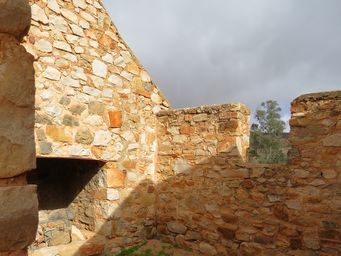
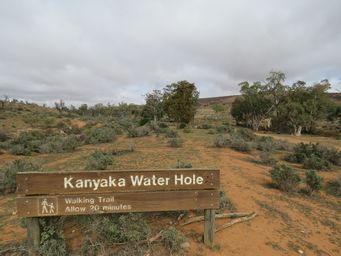
The shearing shed was a 24 stand shed.
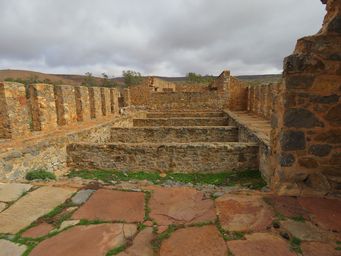
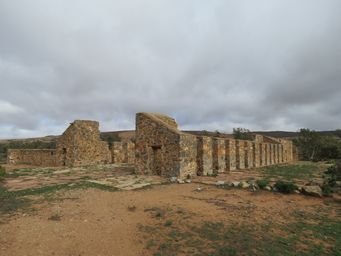
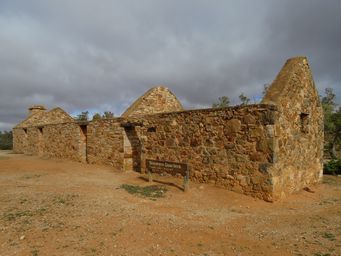
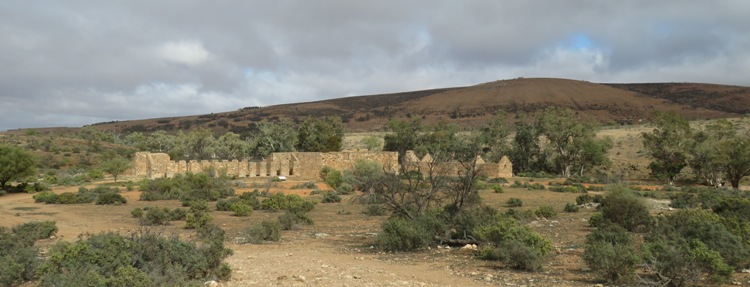
Resources
Signage at sites
Hawker Visitor Information Centre, referencing Quorn and District centenary book Kanyaka
South Australian History – Kanyaka
SACRED
TO THE MEMORY OF
HUGH PROBY,
THIRD SON OF THE EARL OF
CAREYSFORT;
WHO WAS DROWNED
WHILE CROSSING
THE WILLOCHRA CREEK
AUGUST 30th 1852
AGED
24 YEARS
Take Ye Heed, Watch and Pray: For Ye
Know Not When The Time Is. MARK XIII.33
THIS TABLET
WAS PLACED OVER HIS GRAVE BY HIS
BROTHERS
& SISTERS IN THE YEAR
1858.